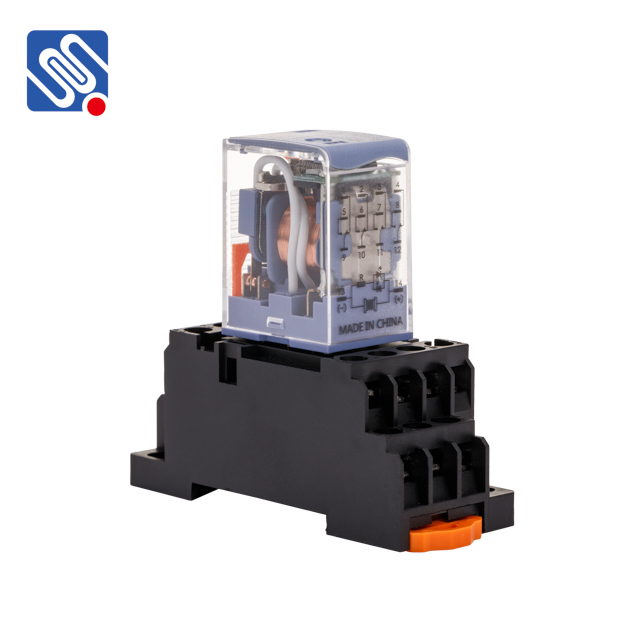Introduction

Relays are essential components in many electrical systems, serving as switches that control larger currents or voltages using a smaller control signal. Among the many types of relays, the 24VDC relay stands out for its reliability and versatility. As the name suggests, a 24VDC relay operates with a 24-volt direct current (DC) power supply to control electrical circuits. This article explores the key features, common applications, and important considerations when working with 24VDC relays.
What is a 24VDC Relay? A 24VDC relay is an electromagnetic device that uses a 24V DC signal to open or close electrical contacts, thereby controlling the flow of current in a circuit. The core of the relay consists of a coil of wire (called the “relay coil”) and a set of contacts. When a current flows through the coil, it generates a magnetic field that causes the relay’s contacts to move. This action allows the relay to control higher power circuits with a low-power control signal, such as a microcontroller, a PLC (Programmable Logic Controller), or an external control system.